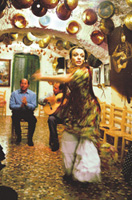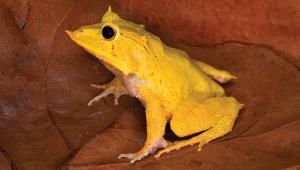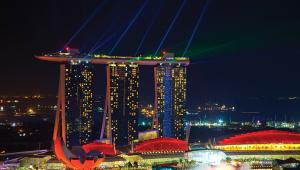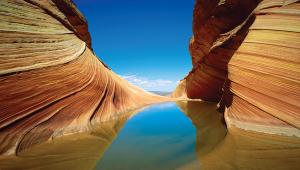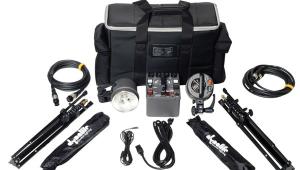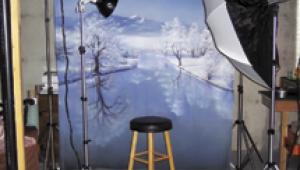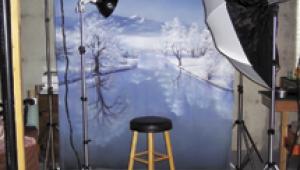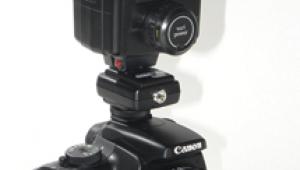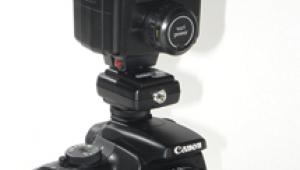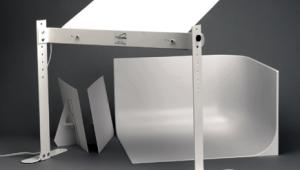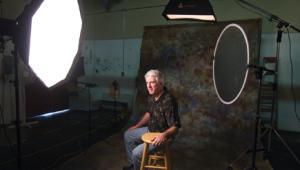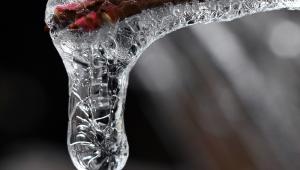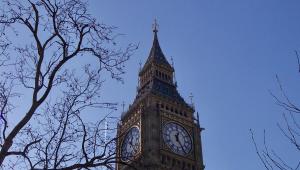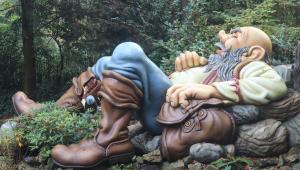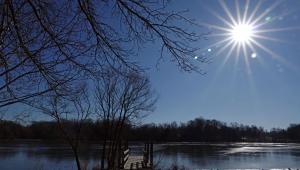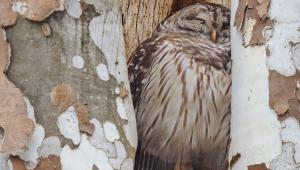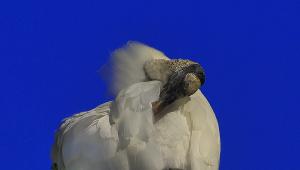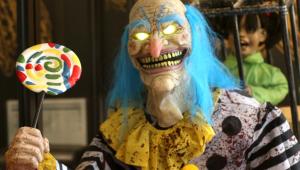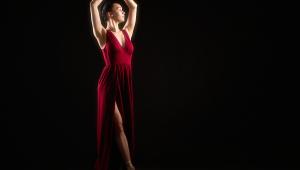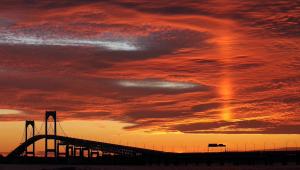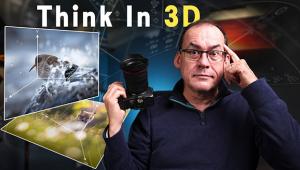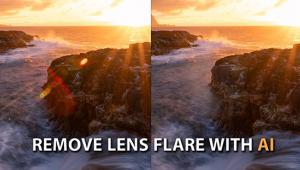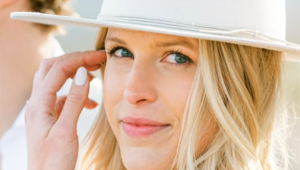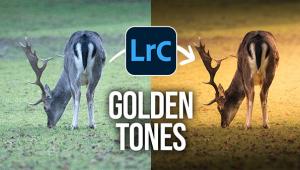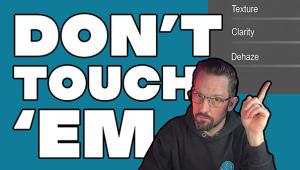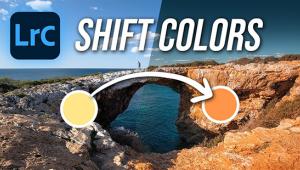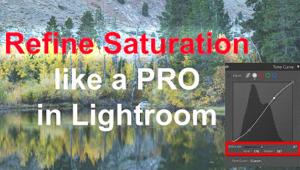Fill Flash Flamenco
Catch The Spirit Of The Dance
Spain offers a veritable feast of photographic subject matter, with its wide variety of people, scenic countryside, castles, coastline, and architecture. You can choose among them like the savory foods served in a tapas bar. But if your visual appetite is not only voracious, but discerning, and if you really want to capture the full flavor of the Iberian peninsula, then head out to a flamenco bar. Just listen for the sounds of Spanish guitars, mixed together with rhythmic clapping, plaintive chant-like singing, and the staccato percussion of stiletto heels, and you'll find the main ingredients that make up flamenco, Spain's national dish. A lot like cooking, flamenco seems to stir all the various historical influences of Spain together, adds some spice, throws them over a flame, and serves them up in a cultural stew that somehow epitomizes the Spanish spirit. Next to the luscious wine, flamenco is probably this country's most famous export. The date that we commonly associate with the "discovery" of the New World is 1492 A.D., and it was also the probable date of the first flowering of flamenco. The roots of flamenco were originally planted in the south of Spain, in Andalusia, a result of Spanish and Moorish cross-pollination, and Jewish and Gypsy influences. With the fall of Granada in 1492 and the re-conquest by the Spanish after 800 years of Arab rule, Muslims were exiled, Sephardic Jews were forced to convert to Christianity, and formerly nomadic Gypsies were ghettoized. For the vanquished and outlawed, flamenco music became the growing voice of protest, secretly sown and nourished in the caves of Andalusia by those religiously persecuted and politically marginalized. Even now, that influence can still be felt. |
|||
While today there are many distinct styles of flamenco dance, ranging from traditional to ultra-modern (some combining jazz, blues, and Brazilian influences), major flamenco styles remain a product of the specific areas of Andalusia where they were first conceived. Grenada, Seville, and Malaga, all in southern Spain, are the major centers of flamenco dance, each with their own regional recipe. And if you want to taste the real, home-cooked flamenco flavor, you'll want to head south. There, in the small, dark flamenco clubs (as well as the Sacremonte hillside caves of Granada), all attention is riveted on the dance, a ritualized reworking out of a centuries old tale of male/female relations, a drama of unrequited love, treachery, deceit, and temptation. There's an almost magnetic attraction between the dancer and the audience, a palpable exchange. Each movement, every step, is a narrative, telling a story with graceful, sinuous arm movements (thought to be from classical Indian dance introduced by roaming Gypsies from the subcontinent in the 14th and 15th centuries) and rapid fiery footwork. Flamenco remains a continuously adapting, exciting dance form with improvisation at its soul. |
|||
The Photo Challenge I found that a fast, medium length telephoto zoom lens with a flash is the best working rig. Mounted on a monopod and braced against the table edge, it allows me to get close enough and, at slow enough shutter speeds, to record the flow of the dance without visible camera shake. It's important to keep your equipment simple! A tripod in a room of such tightly packed tables, with waitresses delivering trays of drink, is out of the question. And having a lot of equipment in a camera bag in the dark is an invitation to disaster. It might get kicked or easily nicked, especially in these clubs which have historically always been the shadowy haunt of a certain fringe segment of society outside the law. Shooting Technique With this combination, the available stage lighting will emphasize movement while the fill flash will freeze distinct details of the moment, as well as help clean up any unpleasant color cast on skin tones. I generally knock my flash exposure down 1/3 to 2/3 of a stop to retain the atmosphere of the club lighting. Spare batteries are highly recommended! I can still remember one night getting a great pose of a fiercely proud Gypsy woman dancer, whose face ended up an eerie green when the flash batteries weren't recycling fast enough anymore. I also learned (and have plenty of pictures to prove it) that too long a shutter speed results in visual mayhem. Keeping exposures at 1/4 sec or faster (with fill flash), will give plenty of colorful motion, without sacrificing all detail. As far as flashes go, especially preferable and effective is the rear curtain sync flash mode, usually available on high-end models. The benefit of rear screen flash (which lags the firing of the flash until the very end of exposure), is that the moving subject will appear to be frozen at the tail end of the motion. Older model units (where the flash proceeds the time exposure) usually give less satisfactory results, with the front-end, flash-lit subjects having to dance their way through the blurry motion that follows on film. Film Choice |
- Log in or register to post comments

